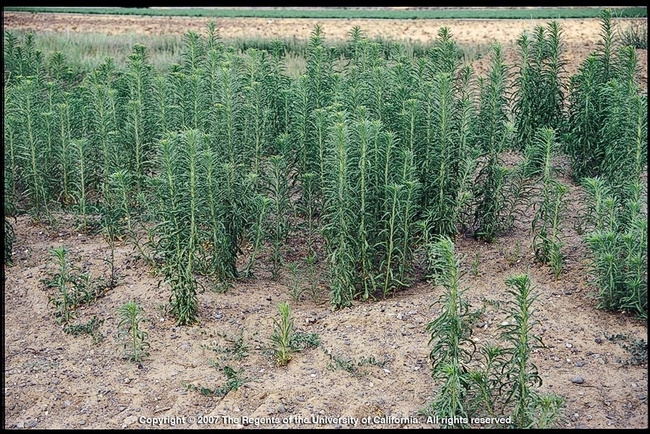WESTMINSTER, Colorado - An article in the most recent edition of the journal Weed Science shows that cover crops can play an important role in slowing the development of herbicide resistant weeds.
Researchers conducted field experiments in Pennsylvania to explore how cover cropping tactics influenced the management of horseweed in no-till grain crops. Seven cover-cropping treatments were used over two subsequent growing seasons.
There were several significant findings. In comparison to fallow control plots, cover crop treatments reduced horseweed density at the time of a pre-plant, burndown herbicide application by 52% in the first year and 86% in the next. This reduced the herbicide "workload" and lowered the selection pressure for resistant weeds. Cereal rye alone or in combination with forage radish was found to provide the most consistent horseweed suppression.
Importantly, winter hardy cover crops also reduced horseweed size inequality - meaning fewer large horseweed plants were found at the time of herbicide application. Researchers say this reduces the chance of a size-dependent fitness advantage for horseweed biotypes that develop herbicide resistance.
"Our hope is that understanding the complementary relationship between cover crops and herbicides can lead to new weed control strategies that slow the development of herbicide resistance," says John M. Wallace, Ph.D., of Pennsylvania State University.
Full text of the article "Cover crop effects on horseweed (Erigeron canadensis) density and size inequality at the time of herbicide exposure" is now available in Weed Science Volume 67, Issue 3.
Attached Images:
